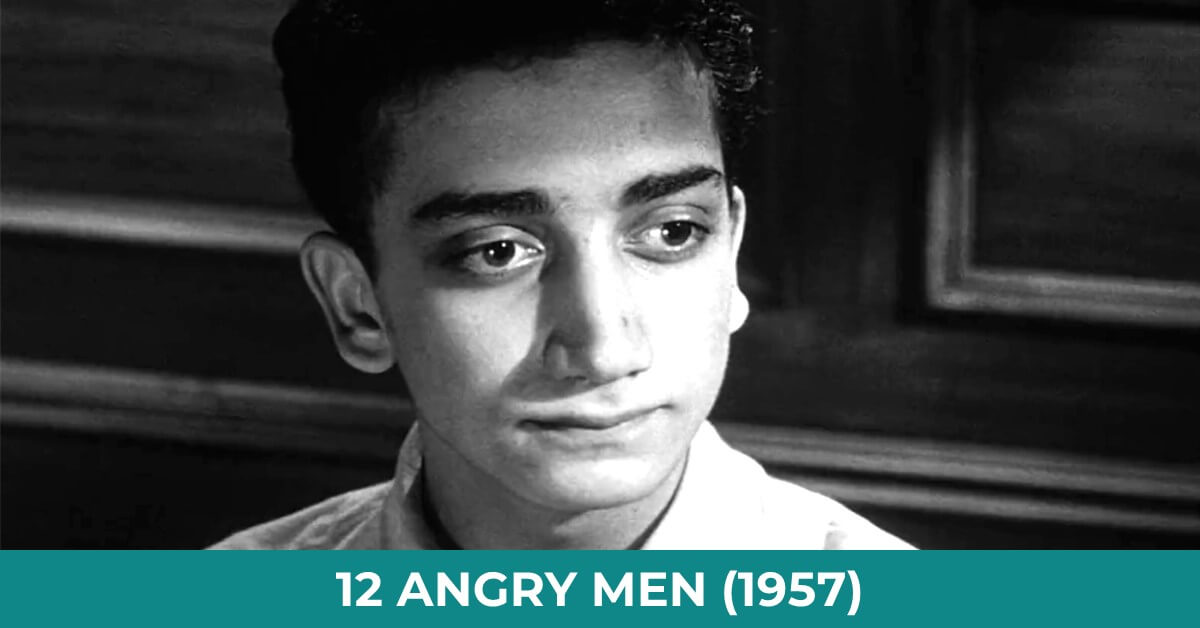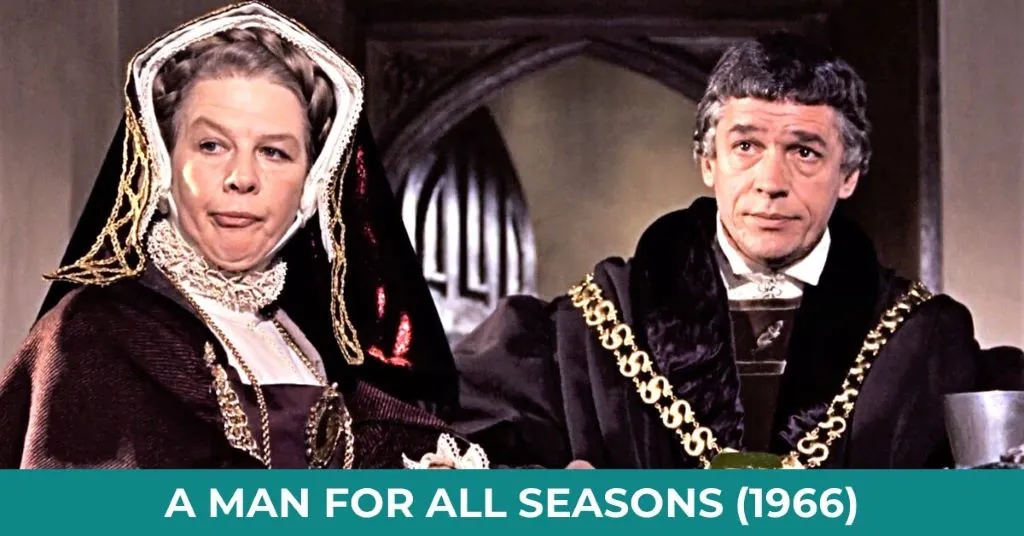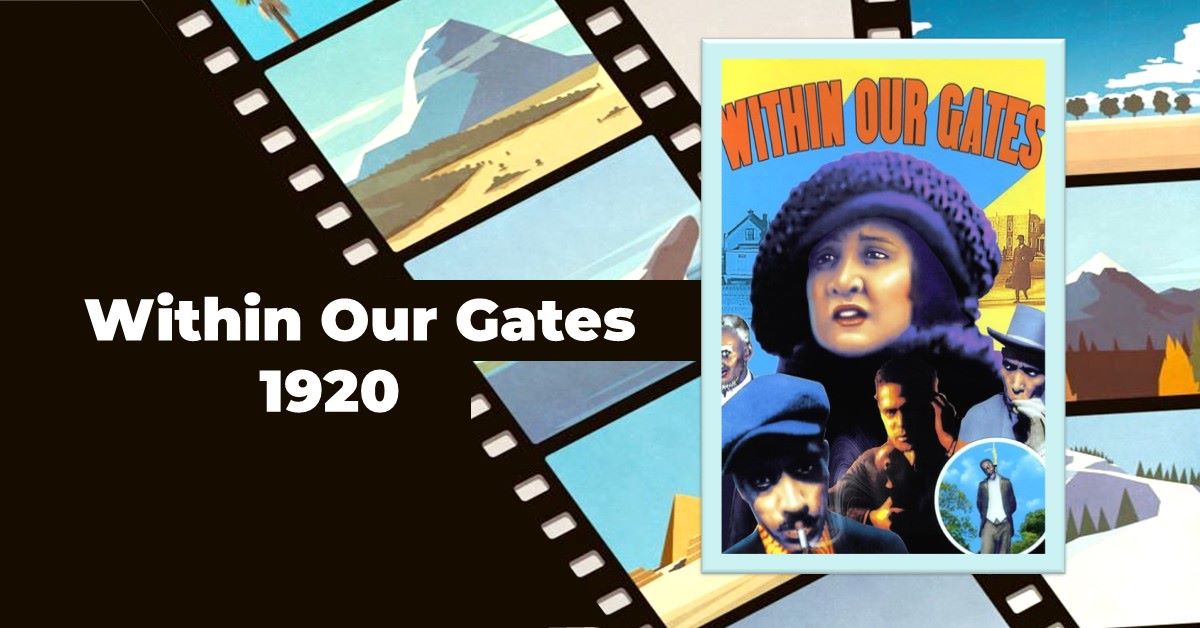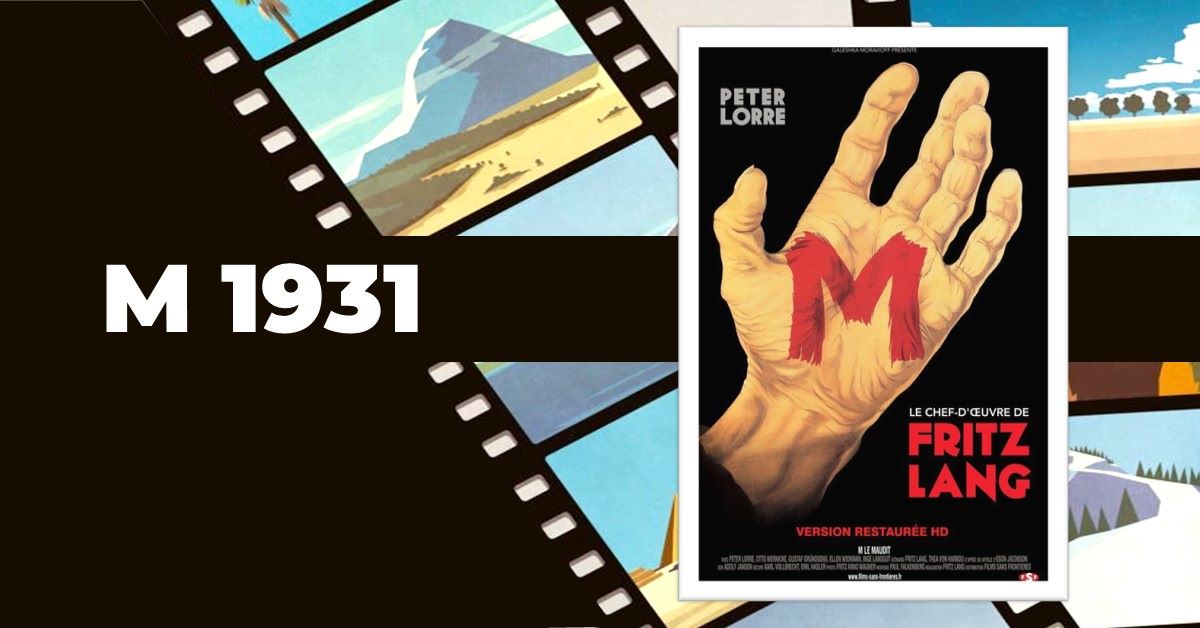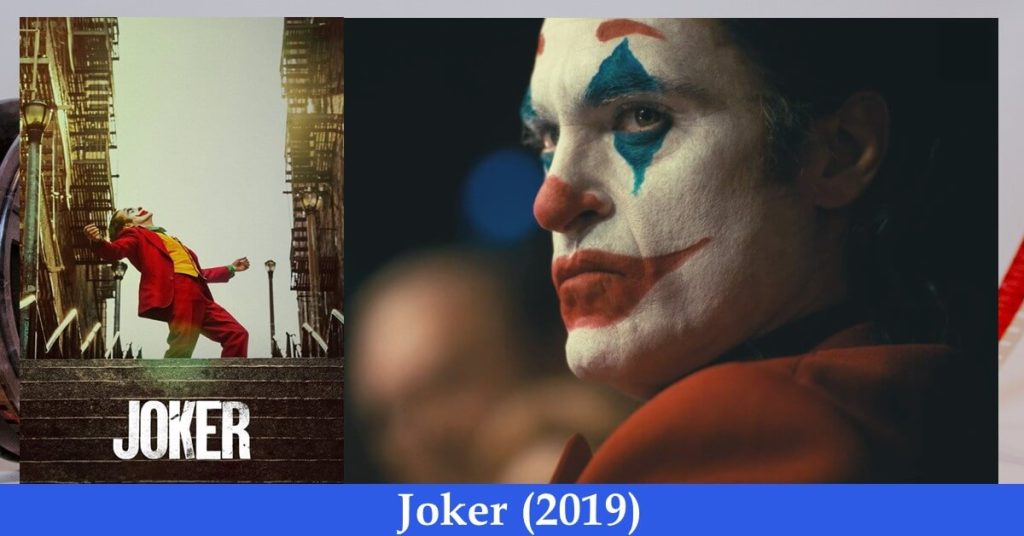Last updated on November 5th, 2023 at 09:38 am
12 Angry Men 1957 is an American courtroom drama film directed by Sidney Lumet that tells the story of a jury made up of 12 men from different professions who were to decide whether an 18 years old boy is guilty of a first-degree crime or not guilty on the basis of reasonable doubt on unanimously.
Though remade after 50 years in 1997, the film ends by pronouncing the boy not guilty of the crime he was accused of. The initial, sole and primary opponent, Davis, of the 11 ‘guilty’ votes had to convince them that the accused is ‘not guilty’ because of reasonable doubts.
In the initial voting Davis was the only person to go against the 11 and pronounce that the boy was not guilty because of related hastiness and lack of details about descriptions from the witnesses.
Throughout the film, Davis reasoned and presented the possible mistakes of the plaintiff’s lawyer because of which an innocent boy’s life was at stake to be electrocuted. 12 White men discussing their verdict in a trial in which an 18-year-old Spanish-American boy is accused of murdering his father.
It stars Henry Fonda, Lee J. Cobb, and Ed Begley, and is widely considered to be one of the greatest films ever made. 12 Angry Men is one of the best films of the 100 greatest films of the American Film Institute and was included in the Complete National Film Registry Listing of the Library of Congress in 2007. 12 Angry Men is one of the 101 best films of 100 years I have been reviewing.
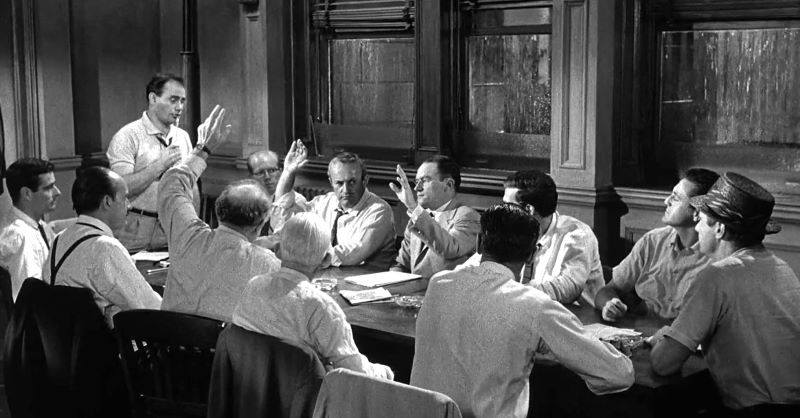
Storyline: 12 Angry Men 1957
The story is set in a New York City courtroom, where a young man is on trial for the murder of his father. The jury is made up of 12 men, all of whom are convinced of the defendant’s guilt with the exception of Juror 8 (played by Henry Fonda), who believes that the evidence presented is not enough to prove the defendant’s guilt beyond a reasonable doubt.
After the hearing, the judge of New York County Court left the decision of the fate of the defendant, an 18 boy who was accused of killing his father, to the jury consisting of 12 jurors from different professions to decide whether the accused is “guilty” or “not guilty”. Dismissed the jury, the jurors entered the courthouse room on a sweltering hot summer day, to deliberate on the case.
Whether “guilty” or “not guilty” the vote must be unanimous. If voted “not guilty” unanimously, based on reasonable doubt, the accused can be acquitted and sentenced via the electric chair if found “guilty”, which they thought to decide in 5 minutes and eventually took an hour.
In the preliminary voting, Juror 8 (played by Henry Fonda as Davis) voted “not guilty”. He said he does not know whether the boy was guilty or not so he could not decide his fate in 5 minutes. And he doesn’t think it was easy for him to send the to die in the chair without talking about it first.
The rest of the jurors deplored him because to them the decision was obvious, the boy is guilty and must die for killing his father by stabbing. To them, he killed his father, the first witness testified that when his father slapped him, he threatened to kill him.
And, the boy bought a switchblade knife from a nearby pawnshop, stabbed on his chest at 12:10 and went see movie, came back at 3:00 am and was arrested. The elderly man who lived downstairs of the room where the killing took place, testified that he heard the boy threaten to kill his father and then his father’s body fell on the ground when he ran to his door and saw the boy running down the stairs.
The second witness, a woman from another apartment across the elevated train track testified that she saw the boy stabbing his father from her window through the windows of a passing elevated train. Police came, and arrested the boy when returned from the movie.
However, the boy claimed that he was at the movie during the killing took place but could not remember the name of the movie, and no one saw him at the theatre. But as for the motive of the killing, juror 5 (played by Jac Klugman) said that the defendant killed his father because he frequently abused and slapped him twice that day.
It’s always difficult to keep personal prejudice out of a thing like this. And wherever you run into it, prejudice always obscures the truth.
~Juror 8, 12 Angry Men quotes.
Yet other jurors along with juror 10 (played by Ed Begley) who saw all the problems in the boy’s upbringing in the slum and violent fast, pointed to his violent past, a product of broken homes, unhealthy neighbourhoods, and slums are breeding grounds of criminals. To the xenophobic juror, the boy is a killer because he grew up in a slum, had no education, a born liar.
Juror 8 supposed that the witnesses were wrong. To him, it is possible that someone else stabbed his father with the same kind of switchblade knife, while the rest of the jurors believe it is impossible because his was the only knife to be available one of the same kind. Davis says it is just possible that someone else killed him with another similar kind of knife. To make others believe his possibility he produced a similar kind of knife from his pocket.
He called for another vote, secretly written on paper with his abstaining that he will acquiesce if all the jurors voted “guilty”. However, to everyone’s shock, juror 9 (played by Joseph Sweeney as McCardle) voted “not guilty” making 10 to 2 in favour of guilty.
Prejudice obscures the truth.
~Juror 8, 12 Angry Men quotes.
Juror 8 argued that the old man’s testimony that he heard the boy yelling “I am gonna kill you” was not correct because an elevated train was passing by at that time with a loud noise. Juror 9 points out that the old man, who has been ignored for his whole life, might have lied because of attention. Undecided, when a third round of vote was called for, the number for “guilty” came down to 8. Jurors 5 and 11 changed their minds to “not guilty”, including jurors 9 and 8.
Juror 5 who grew up in a violent slum questioned the manner of the witness as to how he could have ran dragging the defective leg which might have taken more than 15 seconds to reach the door of the room where the killing took place from his bedroom.
After looking at a diagram of the witness’s apartment and conducting an experiment, the jurors determined that it was impossible for the disabled old man to walk 42 feet of distance in 15 seconds and to make it to the door in time.
Juror 3 (played by Lee J. Cobb), the passionate advocate of “guilty” tried to attack Juror 8. Jurors 2 and 6 change their votes in favour of “not guilty”; the jury is now evenly split 6 to 6 in favour of guilty. Some even considered a hung jury.
It’s not easy to stand alone against the ridicule of others.
~ Juror 9, 12 Angry Men quotes
juror 8 made the point that the witness could not have reached the door in 15 seconds which he claimed to have but he might have walked as fast as he could when he heard the woman scream and might have seen someone else racing downstairs whom he assumed as boy.
Regarding the boy’s failure to remember the name of the movies and specific details, Juror 8 pointed out that it is hard to remember details under such great emotional stress which he proved by questioning Juror 4 about his past events. Jurors 2 and 5 proved that a boy who is 6-7 inches shorter than his cannot stab downward. the nature of a switchblade knife proved that it has to be done upward angle.
On the third round of votes, the result came as 9 to 3 in favour of acquittal. Juror 9 proved that what the woman saw from across the apartment that the boy stabbed his father was wrong because she could have seen properly who it was without her glasses.
As she might have been using her glasses while tossing to and pro on her bed, she might have mistaken someone for the boy. It was obvious by the impressions on her nose that she uses glasses regularly, she did not wear her glasses during the testimony. It questioned the woman’s eyesight making for her it impossible to recognise someone 60 feet away.
Juror 8 remarks that the witness, who was trying to sleep when she saw the killing through her bedroom window, would not have had glasses on or the time to put them on, making her story dubious. Jurors 12, 10 and 4 (played by Robert Webber, Ed Begley and E.G. Marshall) all changed their side for “not guilty” on their last vote, leaving Juror 3 as the sole supporter of “guilty”.
Juror 3 loudly tries to convince the others by revealing that his strained relationship with his own son makes him wish the defendant guilty. He breaks down in tears and changes his vote to “not guilty” in the end. As a result, the defendant is acquitted off-screen, and the jurors were seen to leave the courthouse and Jurors 8 and 9 stopped to learn each other’s real names (Davis and McCardle, respectively), before parting.
Theme and lesson
12 Angry Men is a powerful film that teaches several important lessons about the criminal justice system and the importance of reasonable doubt. The film illustrates the importance of small details which people cannot easily comprehend instead of jumping to conclusions based on preconceived notions or biases and personal prejudices.
The film additionally shows how one voice is good enough to stand against the hastiness of justice, for it is said, “justice hurried justice buried”. The lone voice of juror 8 changed the whole concept of the justice system. Prompted with kindness and humanity, he did not consider the life and death of an accused can be finalised in minutes by “guilty”, or “not guilty” votes without further talk and discussion. Sometimes, what lawyers and prosecutors present is not beyond question and doubt.
12 Angry Men also portrays how it is easy for people of higher social rank to judge people from disadvantaged ranks as criminals, liars and born perpetrators of crimes. They easily put a ‘criminal’ tag on people who have violent and unexpected past.
Racial prejudice is a terrible thing. It divides America.
~ Juror 10, 12 Angry Men Quotes.
No matter whether justice is a miscarriage or duly awarded, they vote “guilty” for the people whom they do not like without a second thought. Guilty or not they must die because they act like or live like criminals, or because they grew up in dysfunctional or broken families.
It also highlights the importance of critical thinking and open-mindedness in the decision-making process. The film shows how a single dissenting voice can make a difference and how even one person can make a difference when standing up for what they believe in. Moreover, we are aware of how the system of justice is influenced by powerful people and justice is denied to its due owner for the lack of wherewithal and witnesses.
Though many scholars analyse the film from many different perspectives, including academic ones, the film is a masterful exploration of the psychology of a jury and the dynamics of group decision-making. It is a powerful commentary on the human condition and the nature of justice. The film also reflects the social and political climate of the 1950s in the United States, where racism and discrimination were prevalent.
The film shows how these prejudices can influence the way people think and make decisions, and how the justice system can be affected by these biases. The film also highlights the importance of individual responsibility in the decision-making process and the need for people to be held accountable for their actions.
Conclusion
12 Angry Men is a timeless classic that continues to ring to audiences today. It is a powerful reminder of the importance of “reasonable doubt” in deliberating the verdict to a defendant and the need for critical thinking and broadmindedness in the decision-making process.
The film was released at a time when the United States was going through important social and political changes, including the Civil Rights Movement and increased criticism of the criminal justice system. The film reflects these changes by exploring themes such as prejudice, discrimination, and the nature of justice.
In addition to its dramatic impact, the film also serves as a reminder of the social and political climate of the 1950s, and the ongoing struggle for justice and equality. It is a film that teaches important lessons about the criminal justice system and the human condition, and it is a must-see for anyone interested in the law, psychology, or filmmaking.
